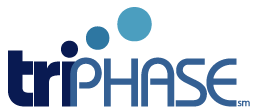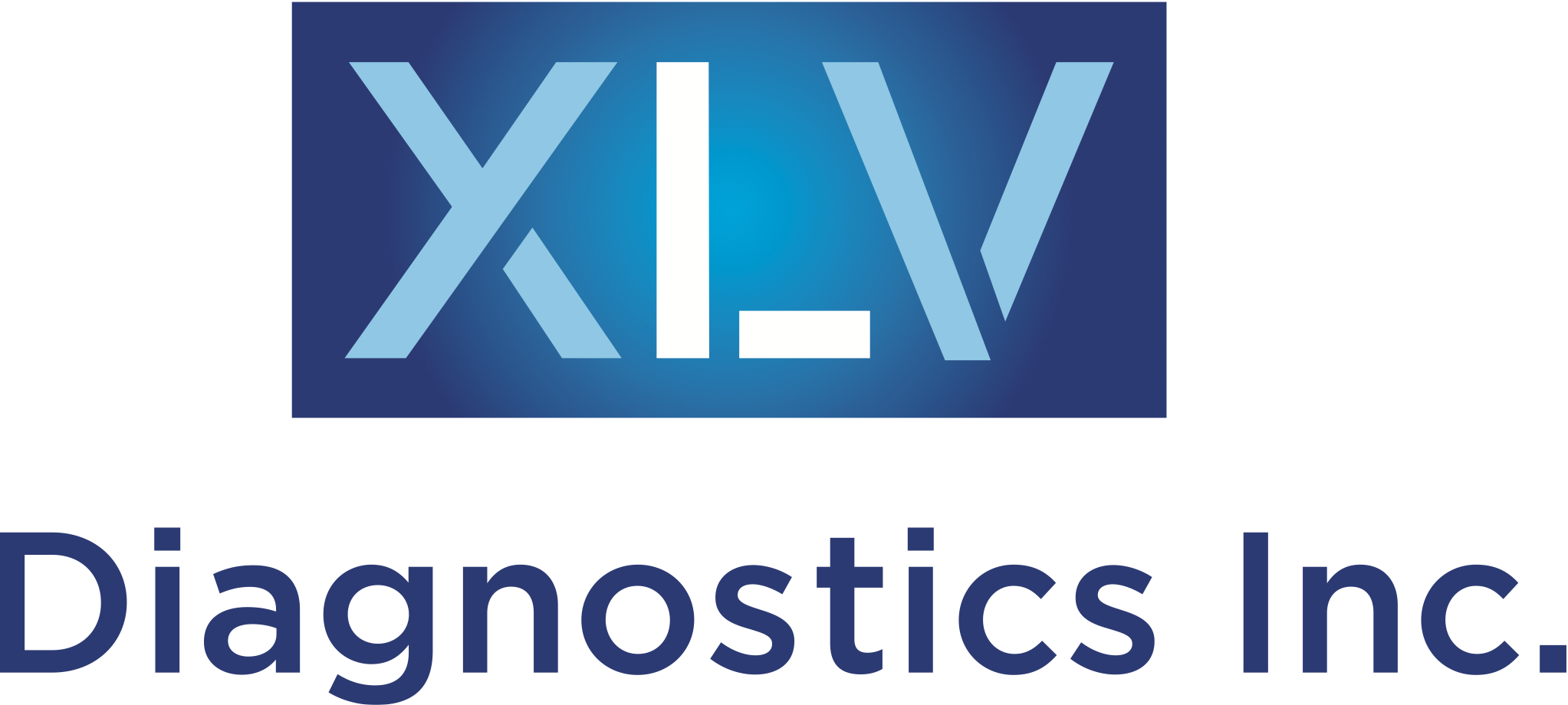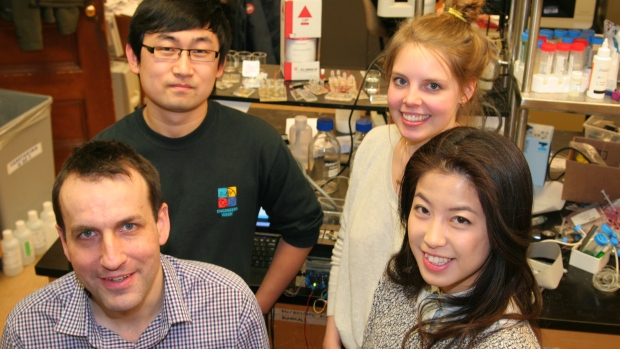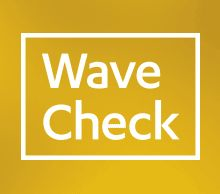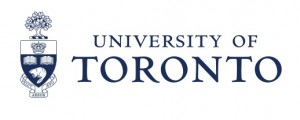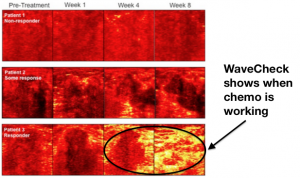Baycrest’s “My Virtual Dream” brain exhibit at Ontario Science Centre Jan 17-18, 2015
MaRS Innovation is a My Virtual Dream event sponsor and commercialization partner
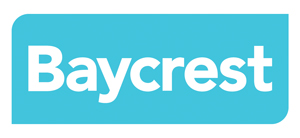 Toronto, ON (January 12, 2015) – Baycrest Health Sciences’ dazzling brain science exhibit from 2013 Scotiabank Nuit Blanche will be on show at the Ontario Science Centre’s BRAINFest, Jan. 17-18.
Toronto, ON (January 12, 2015) – Baycrest Health Sciences’ dazzling brain science exhibit from 2013 Scotiabank Nuit Blanche will be on show at the Ontario Science Centre’s BRAINFest, Jan. 17-18.
My Virtual Dream is an innovative and interactive live performance experience at the intersection of science, art and music. The installation will enable participants to use their brain waves to communicate with each other through an immersive audio and visual expression that will be projected onto video screens.
“Participating at BRAINFest is a great way to share Baycrest’s renowned strengths in cognitive neuroscience in a highly artistic and interactive way with the public,” says Dr. Randy McIntosh, vice-president of Research and Director of Baycrest’s Rotman Research Institute. “Baycrest wishes to thank the Ontario Brain Institute for bringing My Virtual Dream into the Ontario Science Centre and to MaRS Innovation as our key collaborative partner.”
The concept for My Virtual Dream is inspired by an ongoing international project led by Dr. McIntosh and the Rotman to build a virtual, functional brain – a research and diagnostic tool that could one day revolutionize brain healthcare.
The installation, created by Baycrest and the University of Toronto for Nuit Blanche 2013, was a huge hit with fans of the festival. It also represented an extraordinary neuroscience experiment that explored how people can collectively synchronize their brain waves to co-create a multi-sensory environment that merges art, science and technology. In a single night, Rotman researchers collected brain data from over 500 people who signed on to be research subjects.

